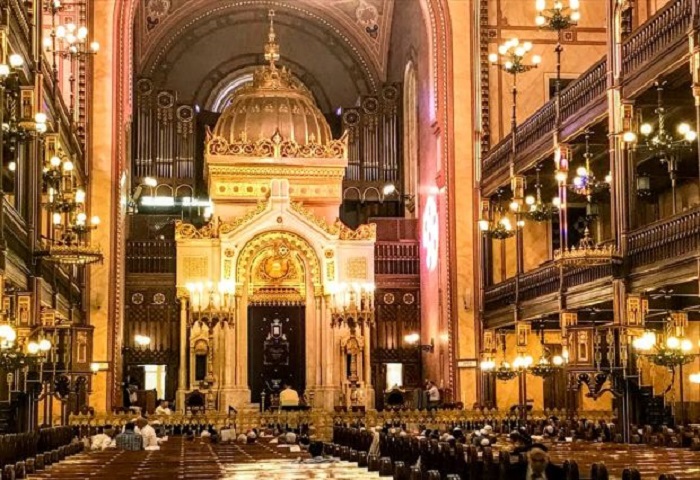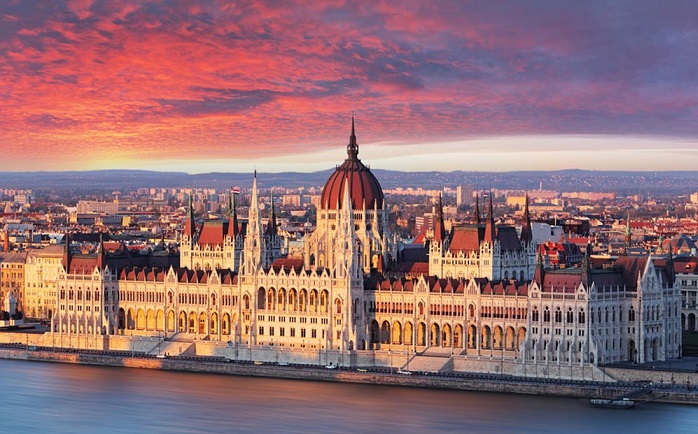
Budapest Attractions

Castle Hill
Castle Hill is a kilometre-long limestone plateau towering 170m above the Danube, it contains some of Budapest’s most important medieval monuments and museums and is a Unesco World Heritage it is a 28km-long network of caves formed by thermal springs, the walled area consists of two distinct parts: the Old Town to the north, where commoners once lived, and the royal palace to the south, the original site of the castle built by Béla IV in the 13th century and reserved for the nobility.

Great Synagogue
Budapest’s stunning Great Synagogue is the world’s largest Jewish house of worship outside New York City, built in 1859, the synagogue has both Romantic and Moorish architectural elements, inside, the Hungarian Jewish Museum & Archives contains objects relating to both religious and everyday life, on the synagogue’s north side, the Holocaust Tree of Life Memorial presides over the mass graves of those murdered by the Nazis.

Basilica of St Stephen
Budapest’s neoclassical cathedral is the most sacred Catholic church in all of Hungary and contains its most revered relic: the mummified right hand of the church’s patron, King St Stephen. It was built over half a century to 1905. Much of the interruption during construction had to do with a fiasco in 1868 when the dome collapsed during a storm, and the structure had to be demolished and then rebuilt from the ground up. The view from the dome is phenomenal.

Parliament
The Eclectic-style Parliament, designed by Imre Steindl and completed in 1902, has 691 sumptuously decorated rooms. You’ll get to see several of these and other features on a guided tour of the North Wing: the Golden Staircase; the Dome Hall, where the Crown of St Stephen, the nation’s most important national icon, is on display; the Grand Staircase and its wonderful landing; Loge Hall; and Congress Hall, where the House of Lords of the one-time bicameral assembly sat until 1944.

Aquincum
The most complete Roman civilian town in Hungary was built around 100 AD and became the seat of the Roman province of Pannonia Inferior in AD 106. Visitors can explore its houses, baths, courtyards, fountains and sophisticated underfloor heating systems, as well as a recreation of a Roman painter’s dwelling and Symphorus Mithraeum, the purpose-built Aquincum Museum, just inside the entrance, puts the ruins in perspective, with a vast collection of Roman daily life objects and wall paintings.

New York Café
Budapest is home to some historically grand cafés, and the New York Café is one of the most opulent. In its heyday, the café was frequented by writers, artists and intellectuals; today, it’s more popular with visitors to the city. Prices match the ultra-luxurious setting, so visit for a coffee and soak up the fresco adorned, gold-plated surroundings.

Royal Palace
The former Royal Palace has been razed and rebuilt at least half a dozen times over the past seven centuries. Béla IV established a royal residence here in the mid-13th century, and subsequent kings added to the complex. The palace was levelled in the battle to drive out the Turks in 1686; the Habsburgs rebuilt it but spent very little time here. The Royal Palace now contains the Hungarian National Gallery, the Castle Museum, and the National Széchenyi Library.